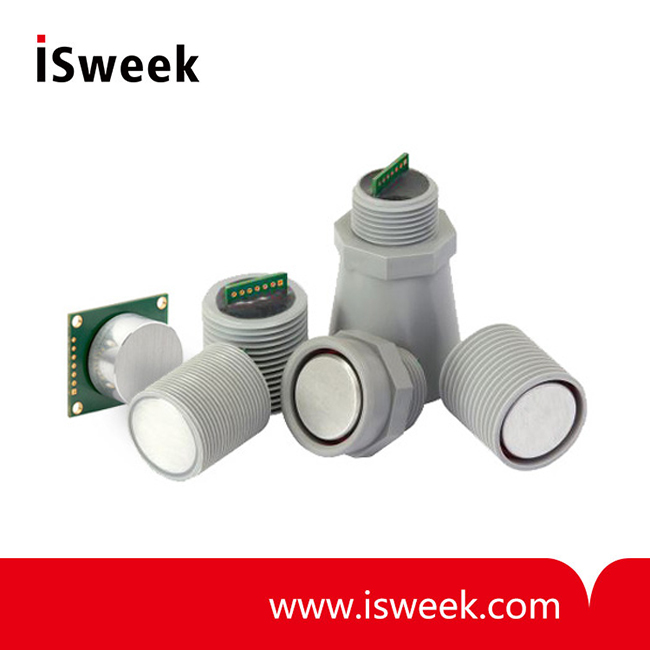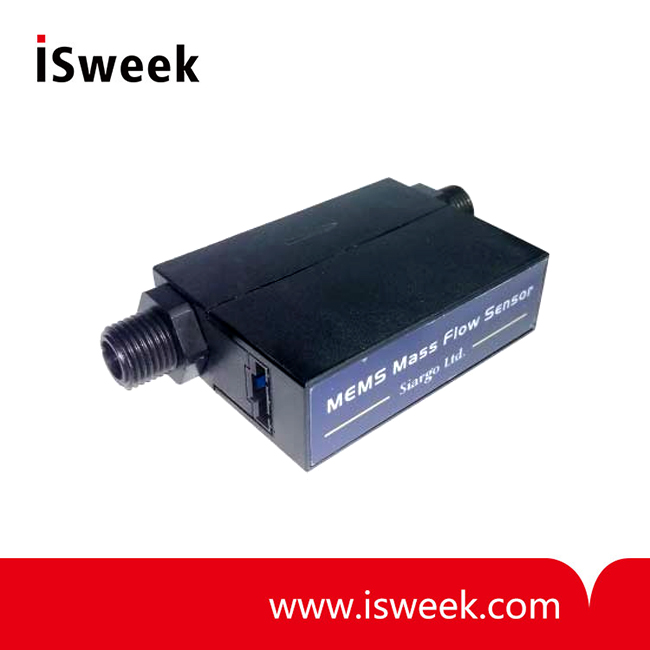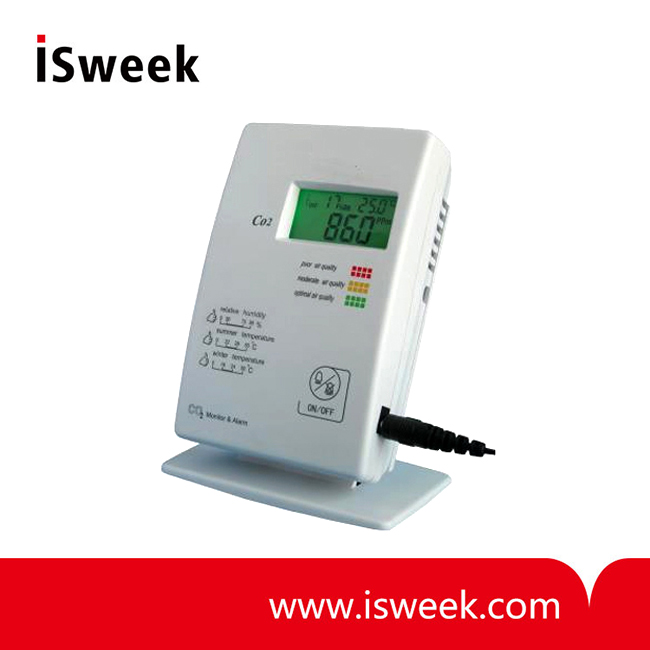A fiber optic temperature sensor is a sensing device that analyzes the spectrum transmitted through an optical fiber to obtain real-time temperature data. It operates based on the principle that certain materials exhibit temperature-dependent absorption spectra. These sensors typically consist of optical fibers, spectrum analyzers, and transparent crystals, among other components. They can be broadly classified into two types: distributed and fiber optic fluorescence sensors.

Distributed Optical Fiber Temperature Sensors
Distributed optical fiber temperature sensors are commonly used in systems that detect temperature distribution across large areas, such as industrial halls or long-distance pipelines. The underlying technology was first proposed in 1981 and has since evolved significantly.
Working Principle
The operation of distributed sensors relies on three scattering phenomena: Rayleigh scattering, Brillouin scattering, and Raman scattering. While Rayleigh and Brillouin scattering-based technologies (e.g., OTDR) have seen extensive development, recent research efforts are increasingly focused on Raman scattering due to its high potential for accurate and stable temperature measurements.
Fiber Optic Fluorescence Temperature Sensors
Currently, fiber optic fluorescence temperature sensors are widely studied for their ability to measure temperature in specific light-sensitive areas using fluorescent materials.
Working Principle
When exposed to infrared (IR) or ultraviolet (UV) light, fluorescent materials emit light with parameters positively correlated to temperature. By measuring fluorescence intensity, temperature can be accurately determined. These sensors use temperature-sensitive macro-molecule materials coated onto welded optical fibers, ensuring light input and output efficiency varies with temperature due to changes in the material’s refractive index.
Non-Contact Temperature Measurement
The physical essence of fiber optic temperature sensors lies in the sensitivity of light-wave parameters (e.g., amplitude, phase, wavelength, and polarization) to environmental factors such as temperature, pressure, and radiation. This enables non-contact temperature measurement, making these sensors suitable for extreme or hazardous environments.
System Operation Overview
Low-Temperature Zone (Below 400°C)
In low-temperature environments where radioactive signals are weak, a light-emitting diode (LED) activates the fluorescence temperature measurement system. Excitation light from the LED is coupled into a Y-type optical fiber, triggering fluorescence at the sensing probe. The fluorescent signal is transmitted back through the fiber, converted into an electrical signal, and processed to determine temperature based on fluorescent lifetime.
High-Temperature Zone (Above 400°C)
When radiation signals are strong, the radiation temperature measurement system takes over. The LED turns off, and radiation signals pass through a sapphire optical fiber, are coupled into the Y-type fiber, and converted into electrical signals. Temperature is calculated based on radiation intensity.
Applications and Product Offerings
ISWeek, a renowned online marketplace for sensors, offers imported fiber optic temperature sensors from Canada, including:
-
FOT-HERO: Designed for explosive electronic environments.
These sensors are widely applicable across industries such as energy, manufacturing, and aerospace.

Probe Design and Technical Challenges
The sensing probe’s tip (8–10 mm) is doped with Cr³⁺ ions to enable fluorescence emission under light excitation. Additionally, the outer surface is coated with a blackbody chamber for radiation-based temperature measurement. To minimize interference between fluorescence and thermal radiation signals, the following issues must be addressed:
-
Fluorescent background signals affecting fluorescence lifespan detection accuracy.
-
Fiber surface coatings influencing fluorescence strength.
-
Cr³⁺ ion doping impacting blackbody chamber thermal radiation signals.
Research and Development
Global academic institutions, including Hansung University (Korea) and Tsinghua University (China), have conducted significant research on optical fiber temperature sensors. For instance, dual-doped fibers demonstrated temperature indices reflective of fluorescence strength at 915 nm, while GaAs-based studies enabled temperature measurements ranging from 0°C to 160°C.







That is a really good tip particularly to those fresh to the blogosphere.
Brief but very accurate information… Many thanks for sharing this one.
A must read article!